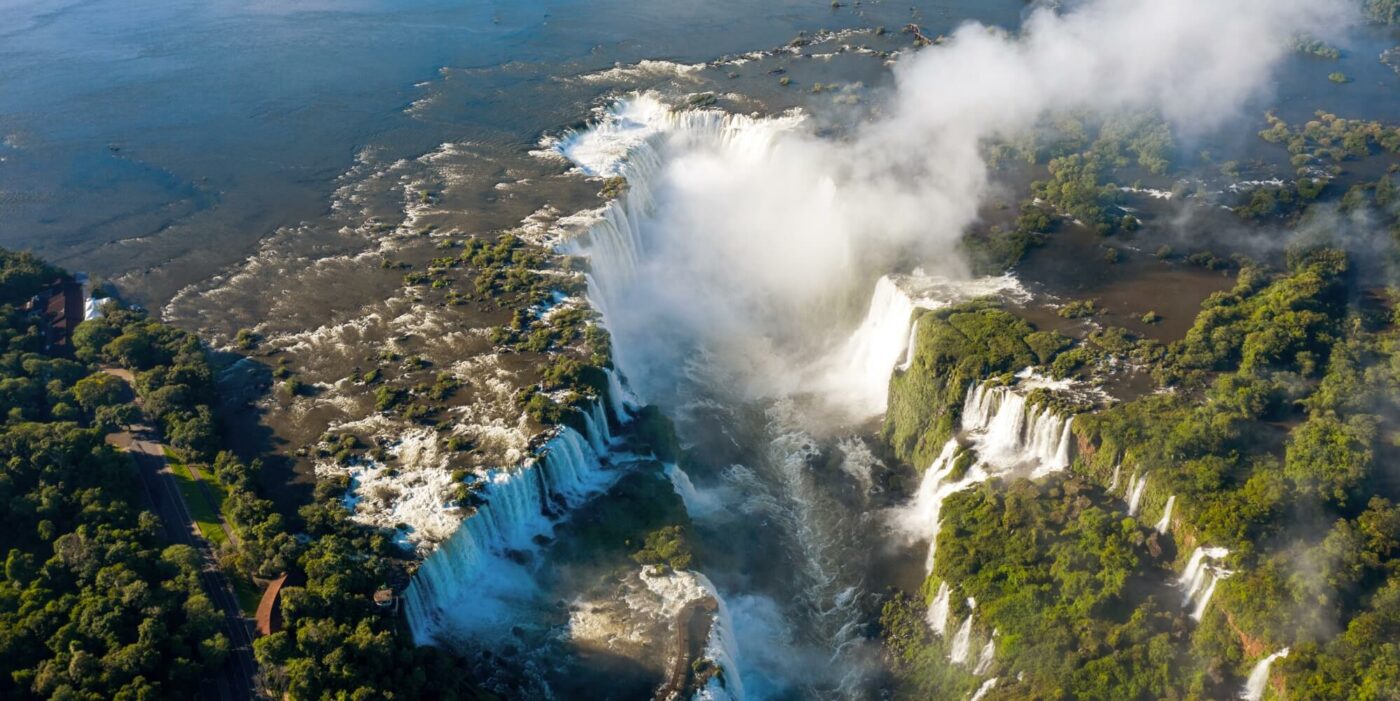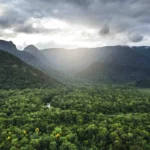Iguazu Falls: The Majestic Natural Wonder of Brazil

Nestled on the border between Brazil and Argentina, Iguazu Falls stands as a testament to the awe-inspiring beauty and power of nature. This majestic natural wonder, often described as the “Devil’s Throat,” captivates visitors with its thunderous roar, breathtaking scenery, and rich biodiversity. As one of the most spectacular waterfalls on the planet, Iguazu Falls holds a special place in the hearts of those who have witnessed its grandeur.
Geography and Formation:
Iguazu Falls is part of the Iguazu River, which forms the natural border between Brazil and Argentina. The falls consist of approximately 275 individual cascades spread over nearly 2 miles (3 kilometers). The geological formation of Iguazu Falls is a result of volcanic activity, and the surrounding lush rainforest only adds to the site’s enchanting allure.
The Great Garganta del Diablo (Devil’s Throat):
At the heart of Iguazu Falls lies the awe-inspiring Garganta del Diablo, or Devil’s Throat. This U-shaped cataract is the largest and most dramatic section of the falls, plunging to a depth of about 82 meters (269 feet). The sheer force and volume of water rushing over the edge create a mesmerizing display, accompanied by a constant mist that blankets the surrounding area.
Biodiversity Hotspot:
Beyond its visual splendor, Iguazu Falls is situated within a biodiversity hotspot. The surrounding Iguazu National Park in Brazil is home to an incredible array of plant and animal species. Lush subtropical rainforests provide habitat for jaguars, tapirs, and an abundance of birdlife, including toucans and parrots. The park’s designation as a UNESCO World Heritage Site reflects the global significance of its unique ecosystems.
Ecotourism and Conservation:
Recognizing the importance of preserving Iguazu Falls and its surrounding environment, Brazil has implemented stringent conservation measures. The establishment of the Iguazu National Park in 1934 aimed to protect the delicate balance of flora and fauna while providing visitors with an opportunity to experience the falls’ magnificence responsibly. Sustainable tourism practices, guided trails, and educational programs contribute to the ongoing conservation efforts.
Cultural and Spiritual Significance:
For the indigenous Guaraní people, who have inhabited the region for centuries, Iguazu Falls holds deep cultural and spiritual significance. The falls are believed to be a gift from the serpent god M’Boy, and the surrounding forests are considered sacred. The Guaraní’s harmonious relationship with the natural world underscores the importance of cultural preservation alongside environmental conservation.
Iguazu Falls, with its breathtaking beauty and ecological richness, stands as a testament to the wonders of the natural world. As one of Brazil’s most iconic landmarks, it not only attracts visitors from around the globe but also serves as a reminder of the delicate balance between human enjoyment and environmental preservation. Through responsible tourism and continued conservation efforts, we can ensure that future generations will have the privilege of marveling at the majestic spectacle of Iguazu Falls.

